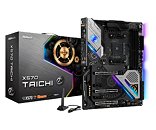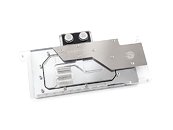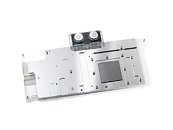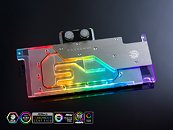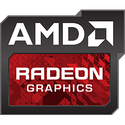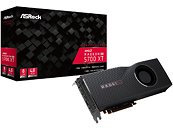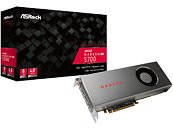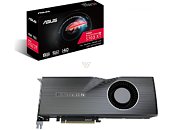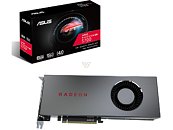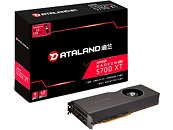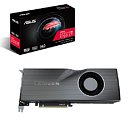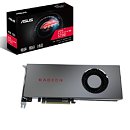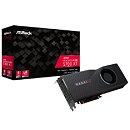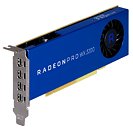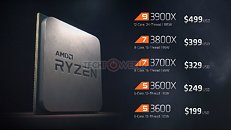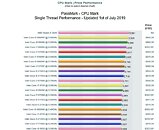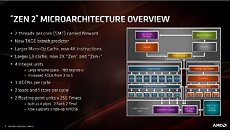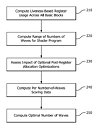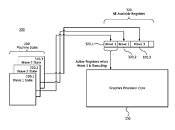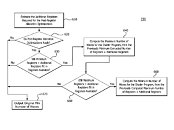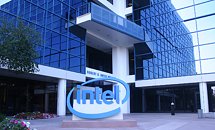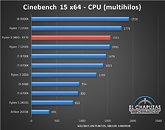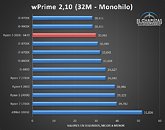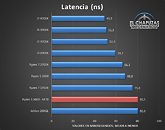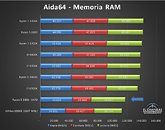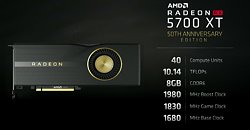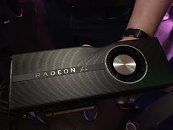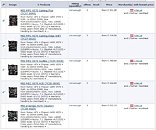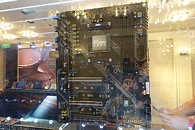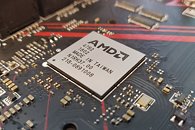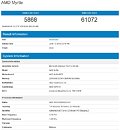
ASRock Officially Launches X570 Series Motherboards
The leading global motherboard manufacturer, ASRock, is pleased to officially announce the launch of the new AMD X570 motherboard series, previewed during Computex 2019. The series offers ten motherboard models for every role from affordable performance to gaming to content creation to power users. ASRock's X570 boards get the most from the next generation PCIe 4.0 interface and from the newest, most powerful AM4 processors, including the AMD Ryzen 2000 and 3000 Series. These new boards continue the tradition of trusted ASRock names such as Taichi and Phantom Gaming.
The new design for ASRock's X570 motherboards is a huge step forward. ASRock has combined both aesthetics and functionality to create a board that not only looks fascinating, with its bold angular lines, but performs as good as it looks. The stunning full coverage aluminum heatsink cools and protects the PCIe 4.0 NVMe M.2 SSDs as well as the chipset. The neatly designed color LED system is eye-catching but also classy. If you need even more enhanced RGB effects, you can customize your PC with Polychrome SYNC full-color RGB LED lighting, which provides both 3-pin addressable RGB headers and traditional 4-pin RGB LED headers which allow users to connect RGB strips directly to the motherboard and sync their lighting system using the app provided.
The new design for ASRock's X570 motherboards is a huge step forward. ASRock has combined both aesthetics and functionality to create a board that not only looks fascinating, with its bold angular lines, but performs as good as it looks. The stunning full coverage aluminum heatsink cools and protects the PCIe 4.0 NVMe M.2 SSDs as well as the chipset. The neatly designed color LED system is eye-catching but also classy. If you need even more enhanced RGB effects, you can customize your PC with Polychrome SYNC full-color RGB LED lighting, which provides both 3-pin addressable RGB headers and traditional 4-pin RGB LED headers which allow users to connect RGB strips directly to the motherboard and sync their lighting system using the app provided.
